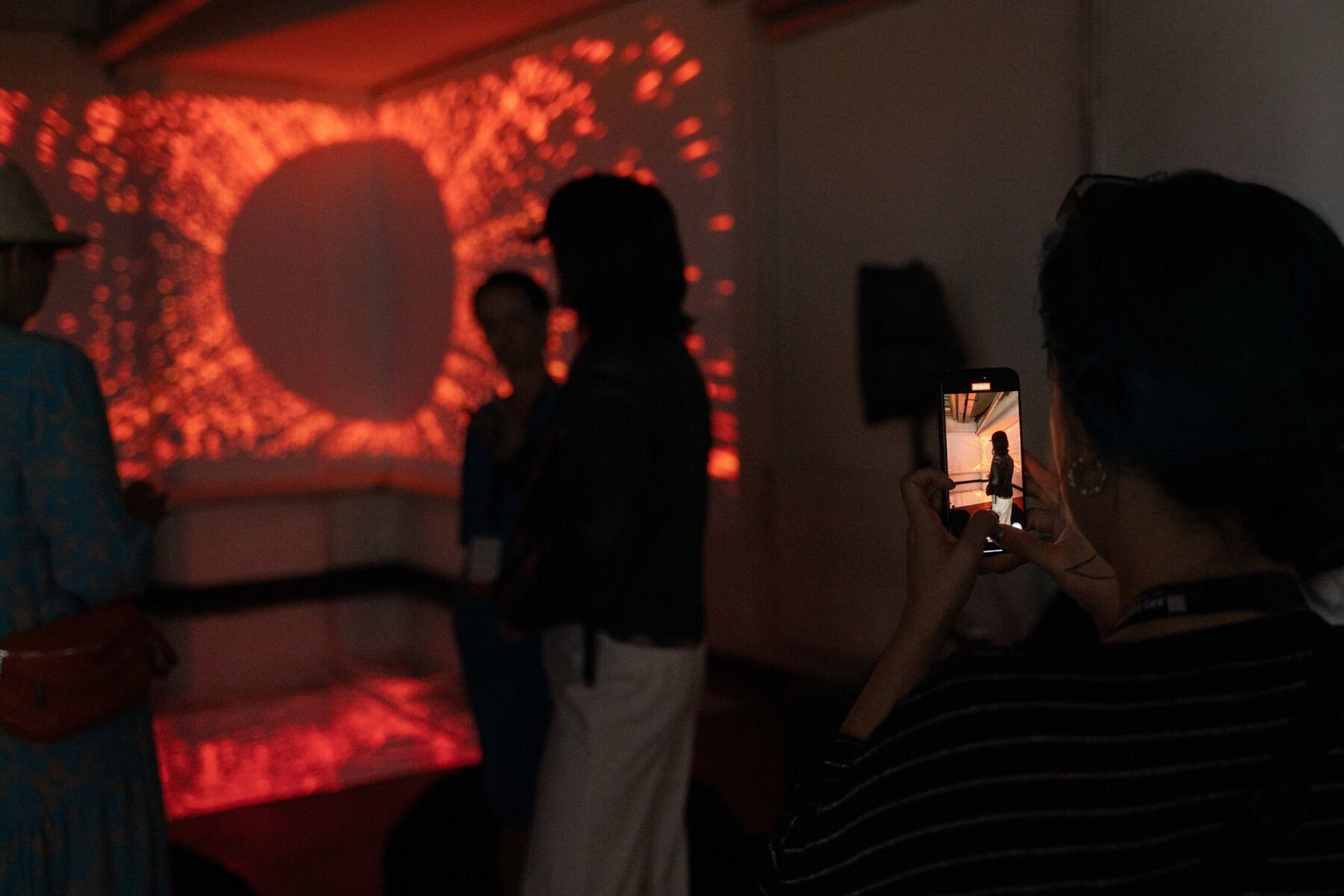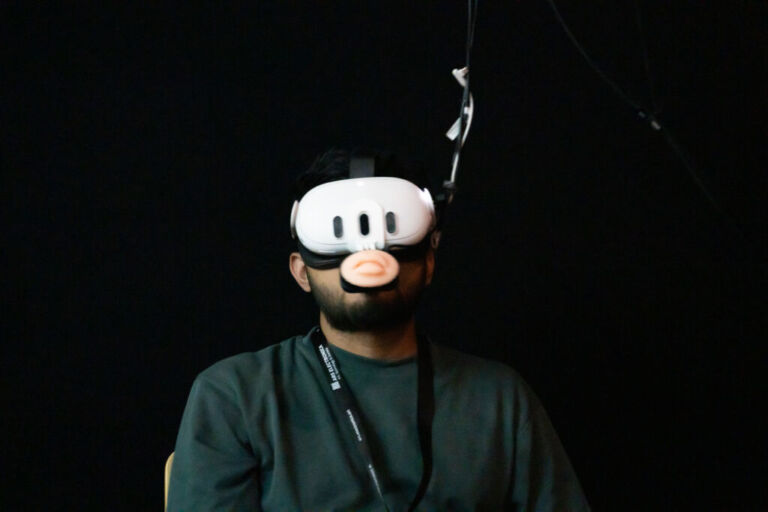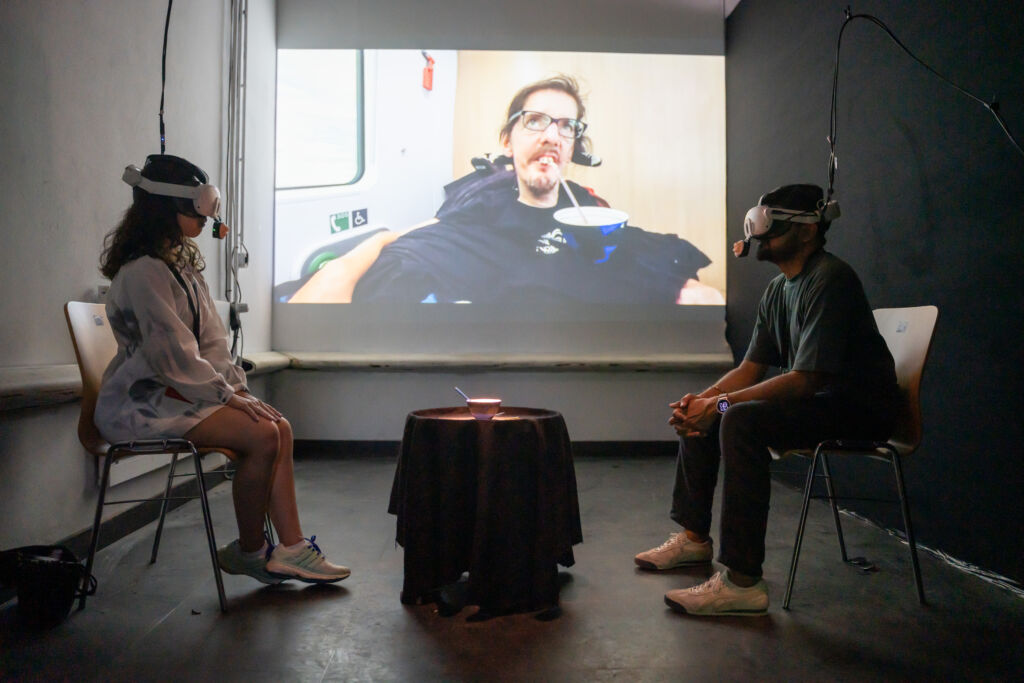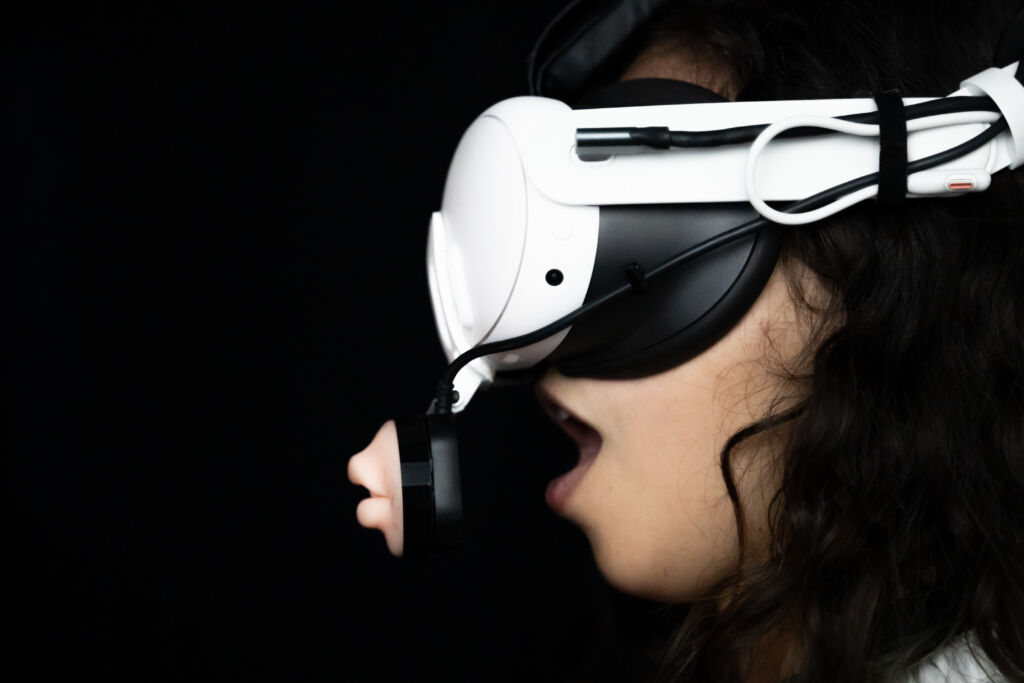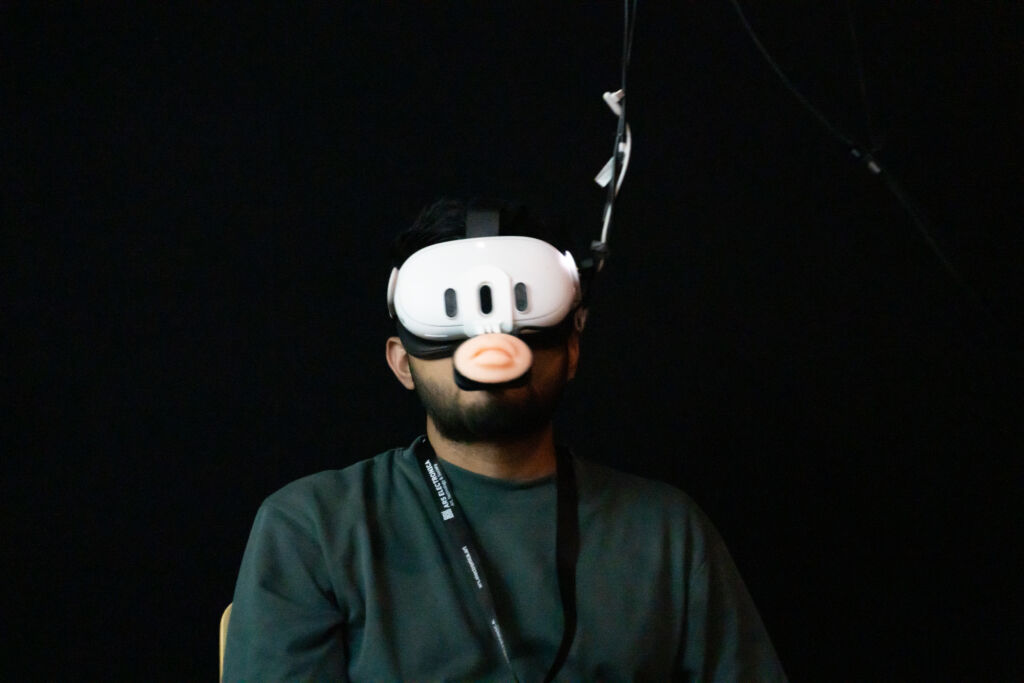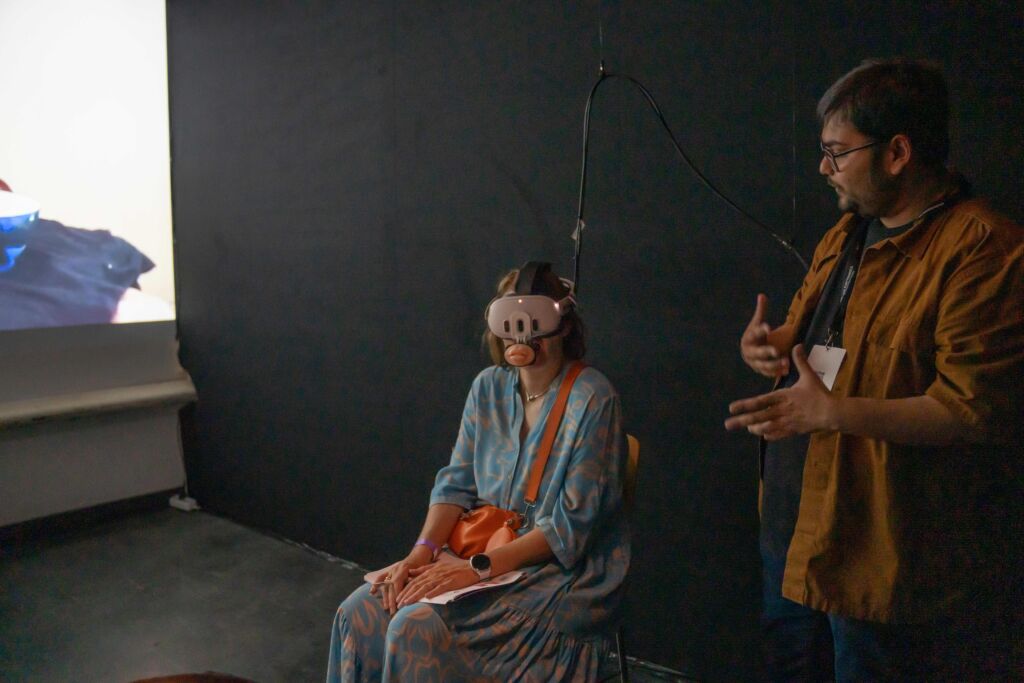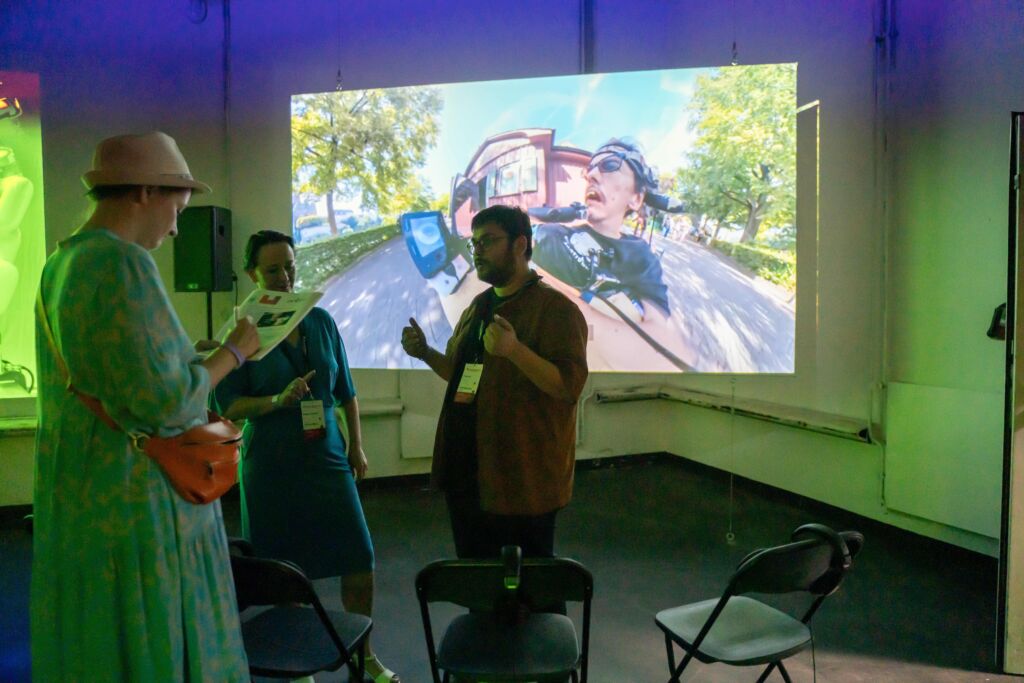Crip Sensorama
Crip Sensorama reimagines accessibility within HCI – beyond a checklist of solutions by shifting from producing “assistive” XR solutions to accessible XR experiences alongside disabled artists Eric Desrosiers and Christian Bayerlein. Working in close collaboration with the artists, the project developed mouth gestures enabling interaction and movement within XR environments solely using mouth, tongue, and cheek movements, especially for those unable to use hand-held controllers. Grounded in “access intimacy” (Mingus, 2011), these accessible gestures serve as artistic strategies creating multisensory XR experiences that allow audiences to encounter disability culture and the artistic practices of disabled artists.
Impact / Outreach
By positioning novel and alternative bodily interaction at the heart of spatial computing, Crip Sensorama ensures diverse, often overlooked perspectives meaningfully shape the evolution of immersive technologies—contributing positively towards a more equitable digital future.
